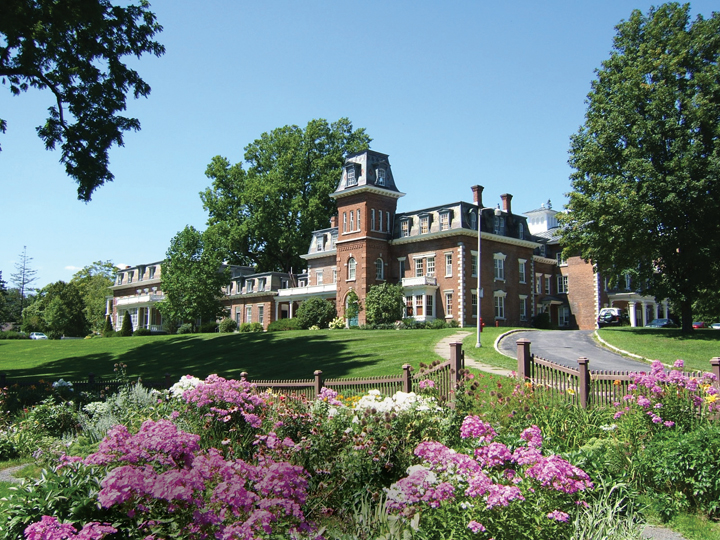
Central New York has a lot of history with national significance. As a critical connection to the United States’ western expansion, many of its villages, towns and cities have interesting stories to tell in the form of historical markers. But, Central New York is a place you can go beyond the plaques and interact with history. So, here are eight interesting spots sure to delight the history buff and the curious alike.
Oneida Community Mansion House
Founded with a utopian vision in 1848, the Oneida Community Mansion House was home to John Humphrey Noyes and his Perfectionist community that grew to 300 followers. The movement Noyes created challenged norms in property ownership, gender roles, raising children, monogamous marriage and work for more than 30 years, making it one of the longest-standing social experiments of the 19th century. The 93,000-square-foot complex serves as a museum dedicated to the Oneida Community’s legacy via historic preservation and interpretive exhibits. It became a National Historic Landmark in 1965.
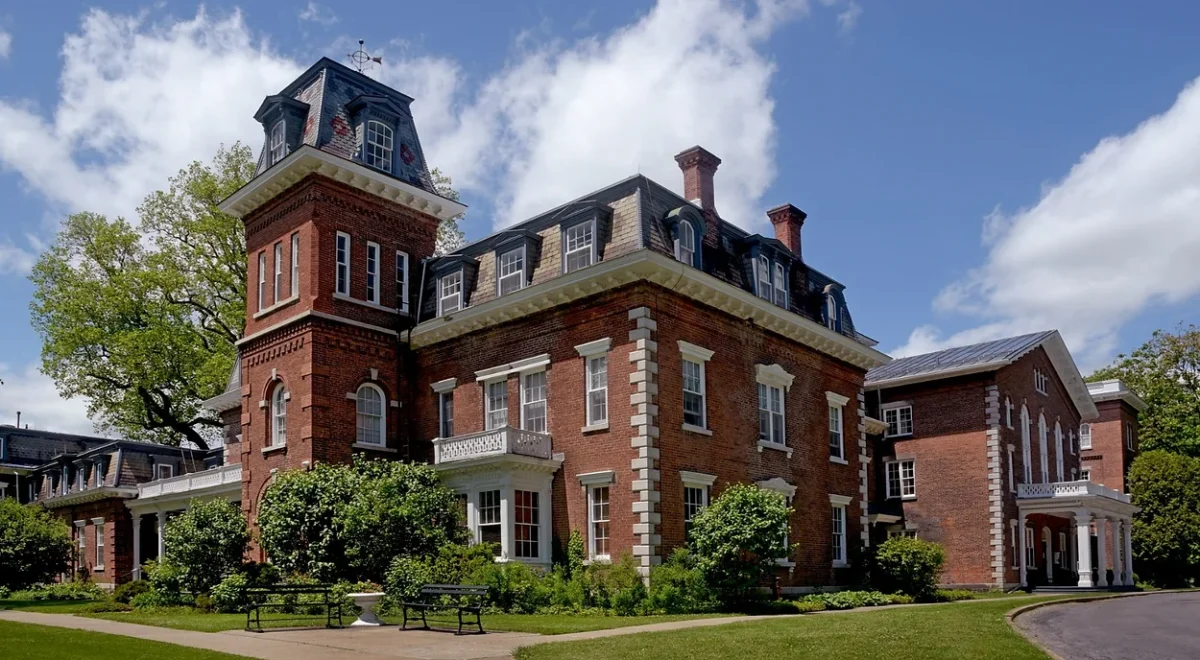
Canajoharie Historic District
The village of Canajoharie has a history dating back to the 17th century, when Mohawk and Iroquois Native American tribes called it home. The quaint collection of restaurants and shops sits on the banks of the Mohawk River, which today is part of the historic Erie Canal. Added to the National Register of Historic Places in 2015, there are more than 835 buildings in a wide variety of architectural styles contributing to its designation.
Bundy Museum of History and Art, Binghamton
Willard and Harlow Bundy founded the Bundy Manufacturing Co., the maker of the world’s first punch clocks, in 1889. It would eventually become part of International Business Machines, aka IBM. What is now the Bundy Museum of History and Art in Binghamton was once the home of Harlow Bundy and his family. The Victorian mansion-turned-museum includes an extensive Bundy Clock exhibit and the Rod Serling archive in addition to rotating art and history exhibits. It was added to the National Register of Historic Places in 2011.
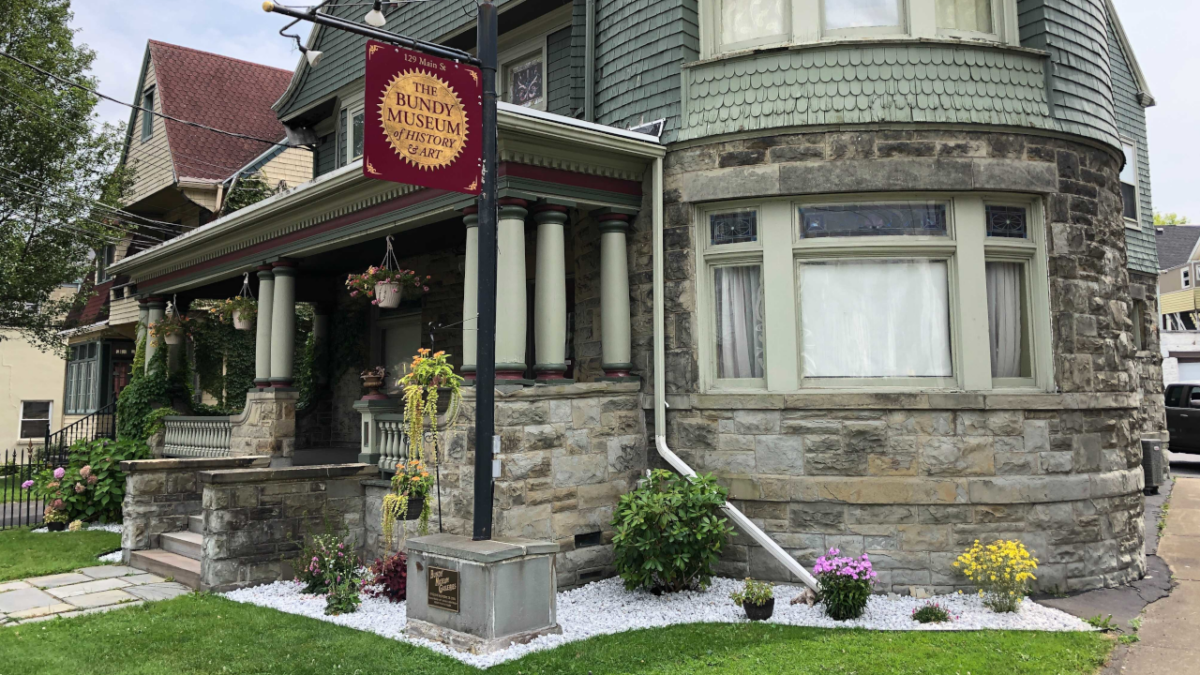
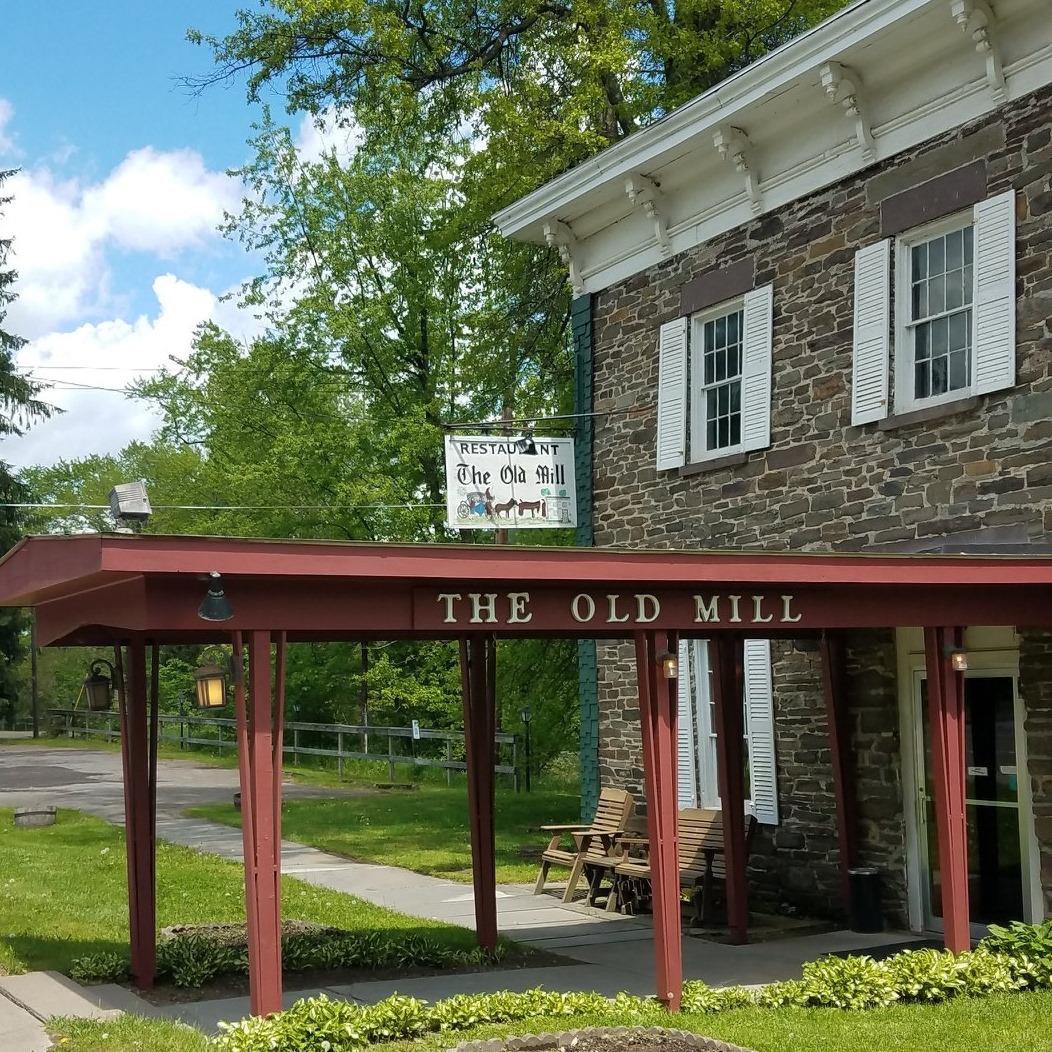
Rockwell Mills Historic District
In a remote corner of rural Chenango County sits Rockwells Mills in the town of Guilford. Listed on the National Register of Historic Places in 2010, the hamlet includes about two dozen historic buildings and a former textile mill that was converted into a restaurant in the late 1940s. The Old Mill Restaurant building on the banks of the Unadilla River has an extensive history having been established in the late 1700s. At one time, it manufactured uniforms for soldiers in the Civil and Spanish-American wars.
Stanley Theatre, Utica
Utica’s Stanley Theatre opened in 1928 as a grand movie palace with nearly 3,000 seats. It was designed by famed architect Thomas W. Lamb, whose talent touched more than 300 theaters worldwide (though this is one of only three that remain). Today the Stanley is the heartbeat of local arts and culture as host to Broadway Utica and numerous musical performances as well as other shows. It was added to the National Register of Historic Places in 1976.
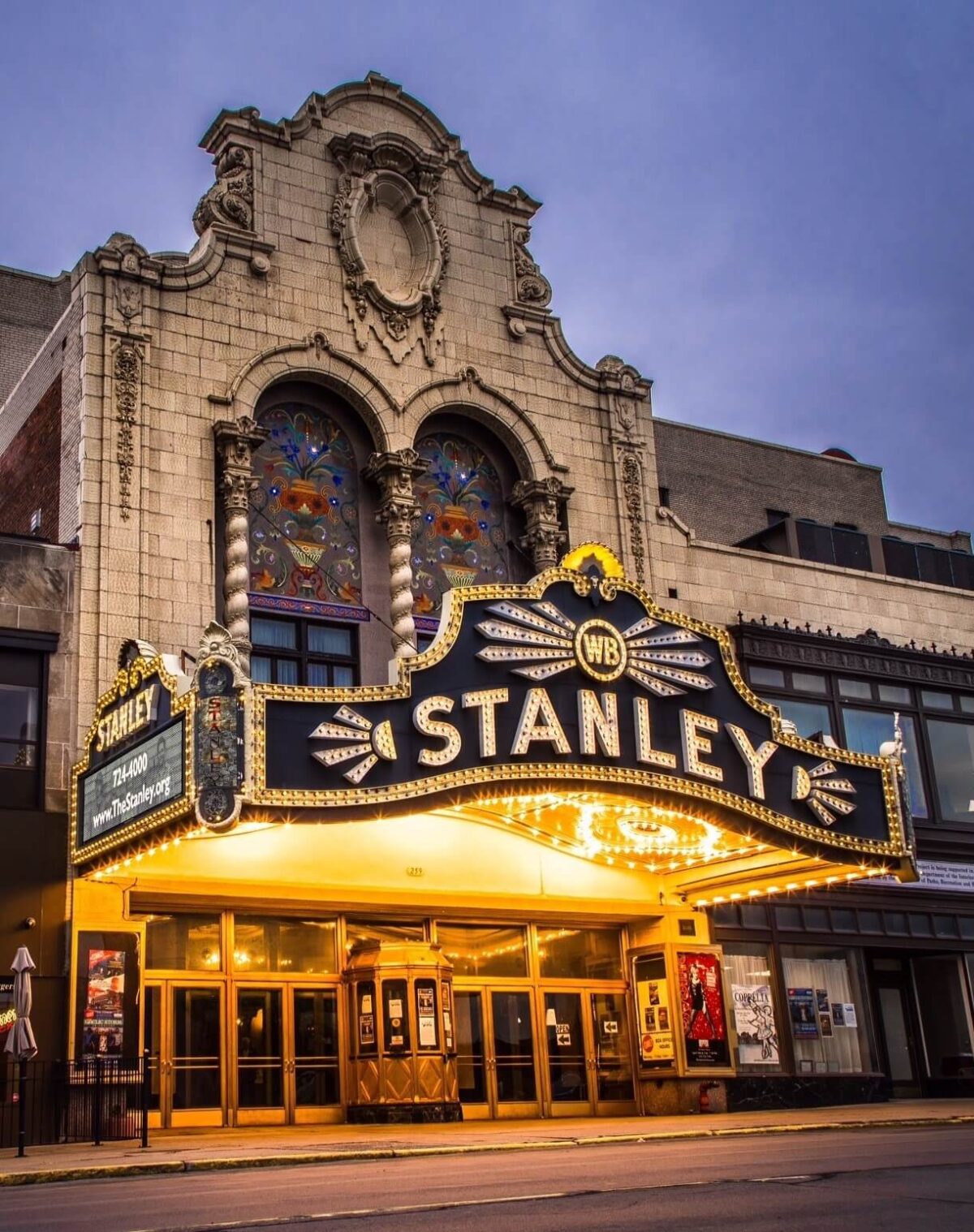
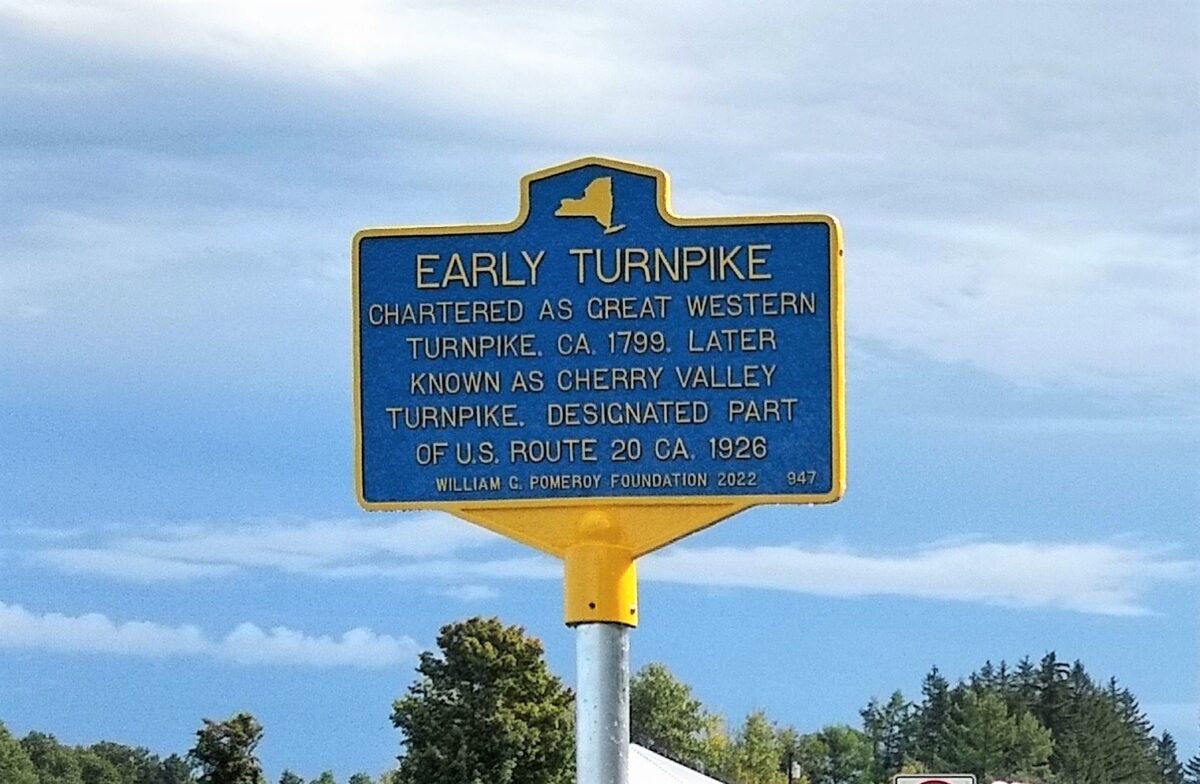
Cherry Valley Turnpike
This scenic byway, now part of U.S. Route 20, began as a key road for America’s western expansion. Turnpikes – privately owned roads with tolls to finance them – were once chartered to help expand routes into the young country. The Great Western Turnpike Co. was founded in 1799 to connect Albany with Cherry Valley. It was chartered again to create a path from Cherry Valley to Cazenovia and became known as the Cherry Valley Turnpike. Today, you can cruise through Central New York on the old turnpike that in 1926 became part of historic U.S. Route 20, which extends from Boston, Massachusetts, to Newport, Oregon.
Schoharie Valley Railroad Museum
Let’s move from the road to the rail, the development of which also significantly influenced western movement and industry throughout Central New York. For nearly 70 years, the Middleburgh and Schoharie Railroad transported passengers and industrial goods, including Central New York’s hops crops that made it the national leader of the beer-making industry in the mid- to late-1800s. The site of the Schoharie Valley Railroad Museum is all that remains from a bygone era. The complex added to the National Register of Historic Places in 1972 today includes the station, a freight and engine house, and a passenger car that dates back to 1891 among other historic remnants that are open to the public on weekends Memorial Day through Columbus Day.
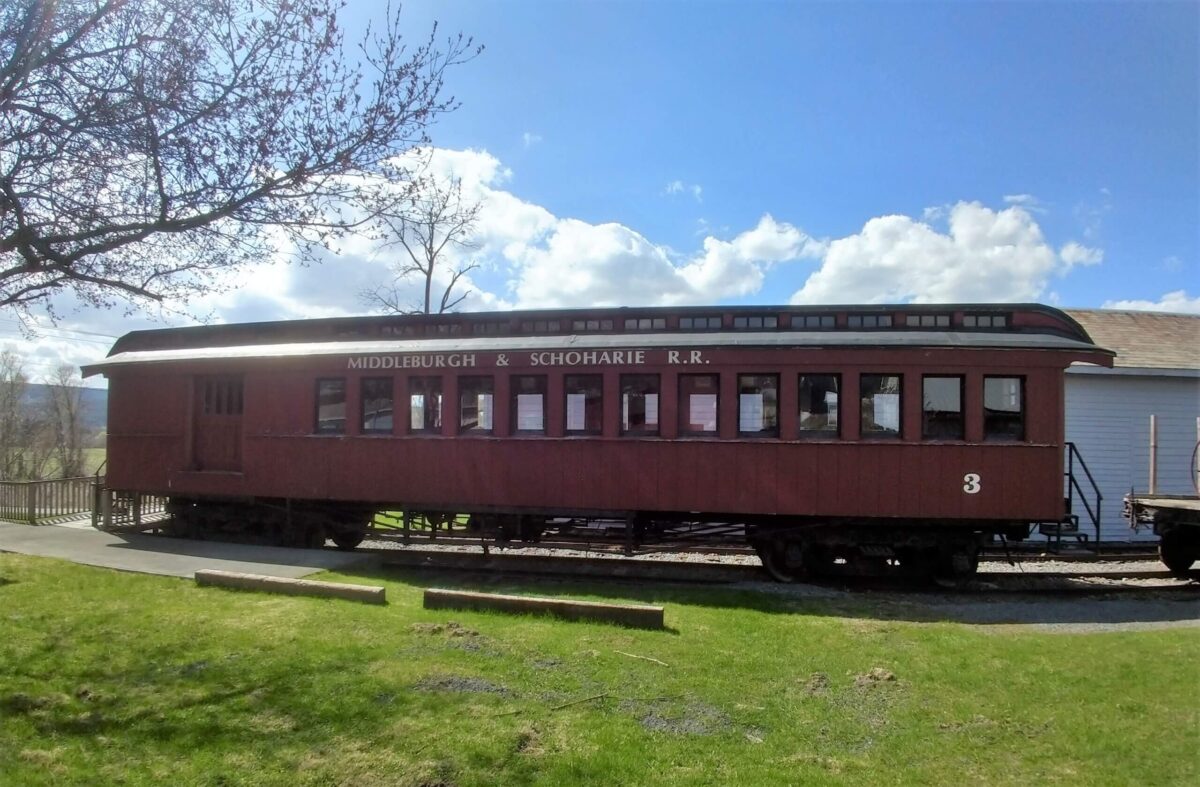
Guard Lock, Little Falls
And finally, let’s get on the water. The Little Falls Canal was constructed in 1795 by the Western Inland Lock Navigation Co. to get boats traveling along the Mohawk River around falls and rapids that stretched nearly a mile. The waterway, which predates the Erie Canal by 30 years, included five locks to cover the total drop of 44 feet. The Guard Lock controlled water flow into the canal and the stone remnants of the structure are still visible at the site designated as a historic spot by the William G. Pomeroy Foundation in 2022.
So, take some time to go back in time on your next visit to Central New York. The area is filled with all types of American history dating back to the Revolutionary War with many museums and markers celebrating a storied past.